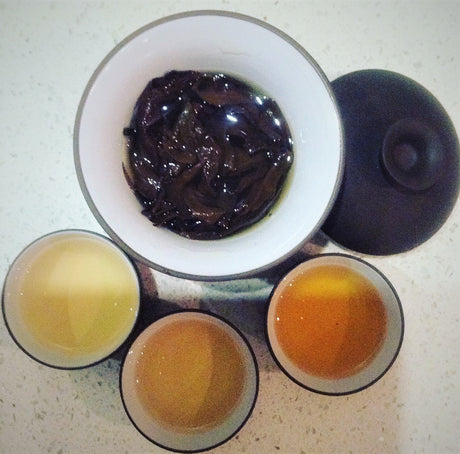
CAFFEINE IN TEA
I am writing this article as the most frequent questions my customers ask me is Which tea contains the least caffeine? Some are convinced that green or white teas contain...
Read moreFree delivery
When you spend £25 or more
100% natural
Suitable for vegan and vegetarian
Eco-friendly packaging
Resealable and recyclable pouches
Truly Tea

We promote tea culture and healthy drinking habits through our events.
We bring together people with the same passion and share the tea drinking experience as a form of art and beauty.
We love to create a cultural exchange through the different ways of drinking tea.
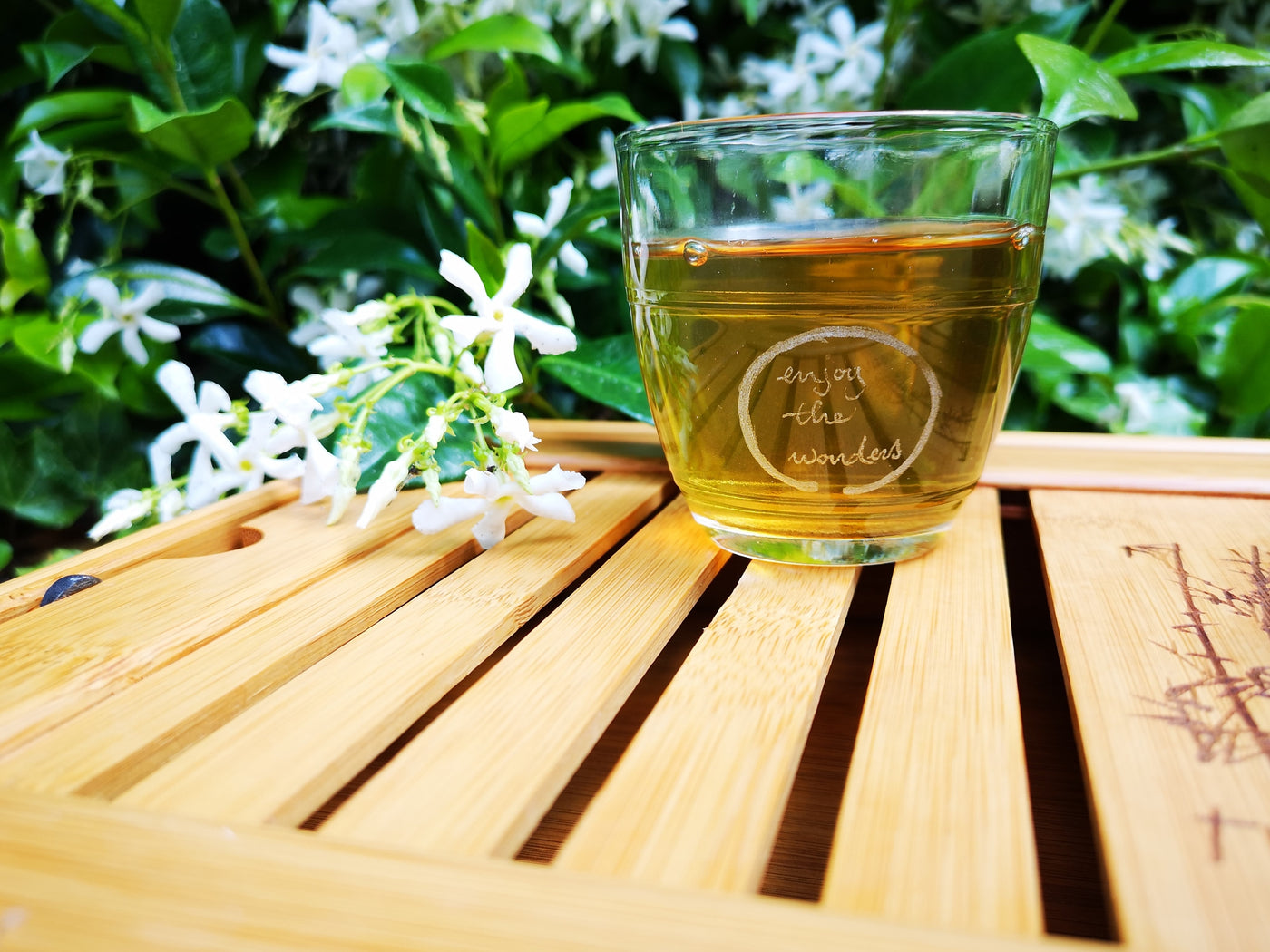
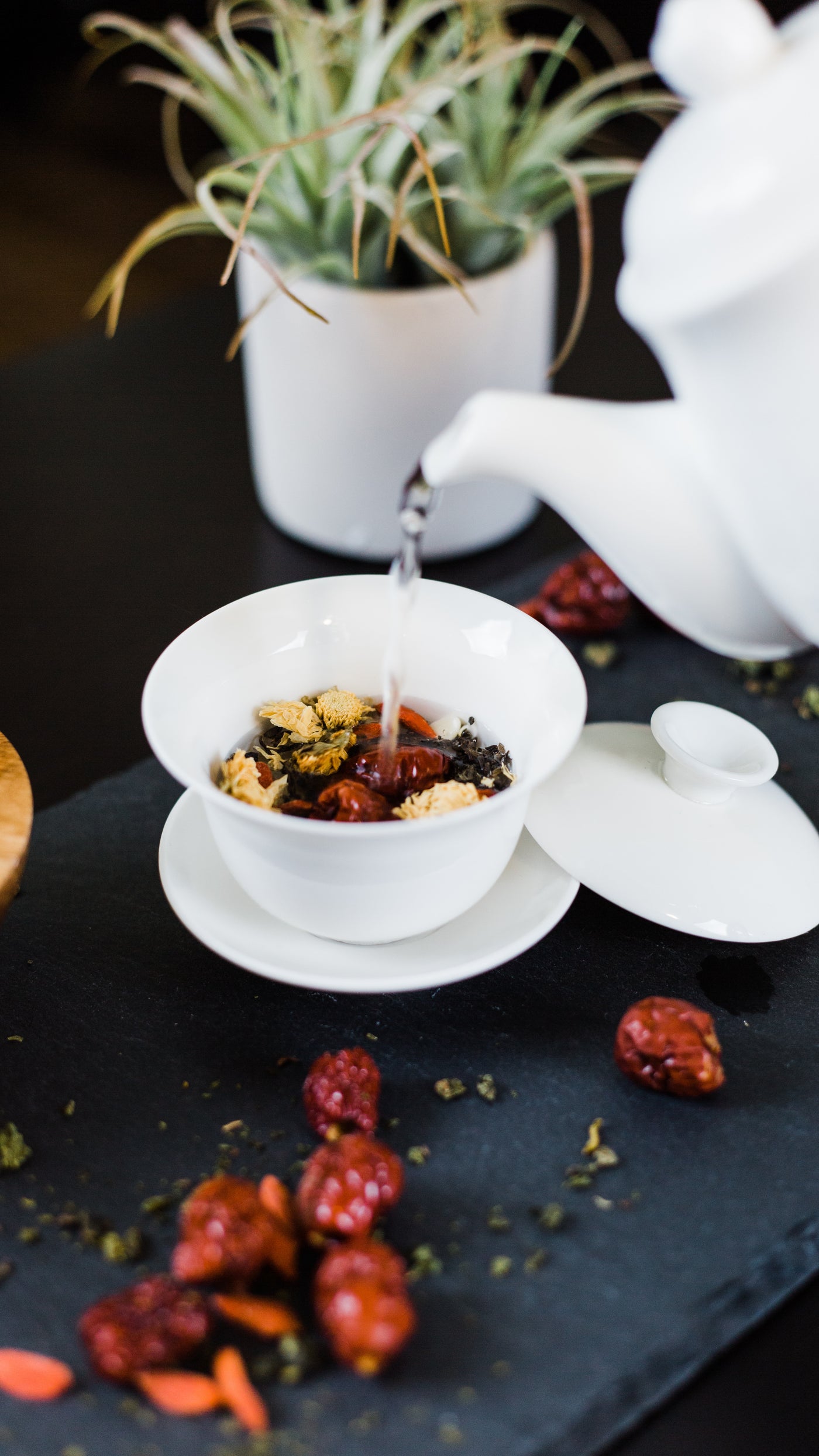
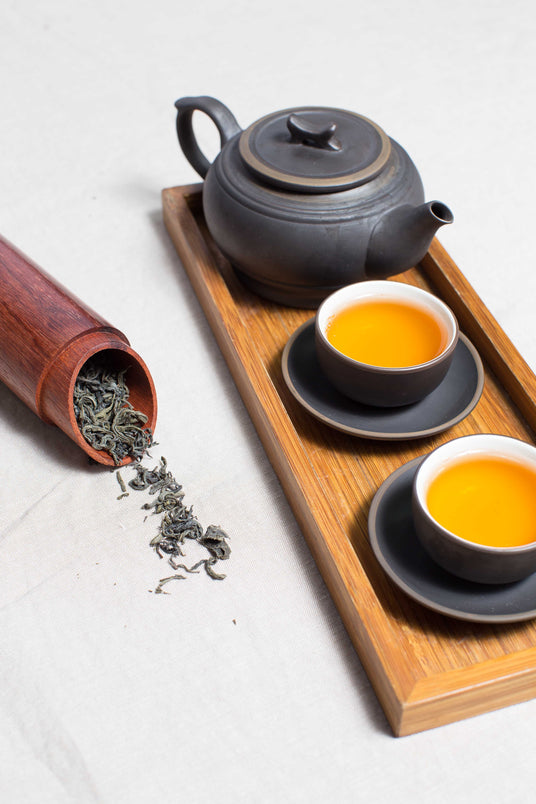
Tea is a passion that I carry with me since my teenage years. After reading extensively about the varieties of tea, its fascinating history and its health benefits, I started attending professional classes and travelling to Asia to visit tea plantations.
I had the opportunity to taste some of the finest and most expensive teas in the world and the privilege of learning directly from Chinese Tea Masters.
Yet my thirst for tea was never quenched.
Truly Tea is the start of an exciting journey, that I hope to share with all of you.

I am writing this article as the most frequent questions my customers ask me is Which tea contains the least caffeine? Some are convinced that green or white teas contain...
Read more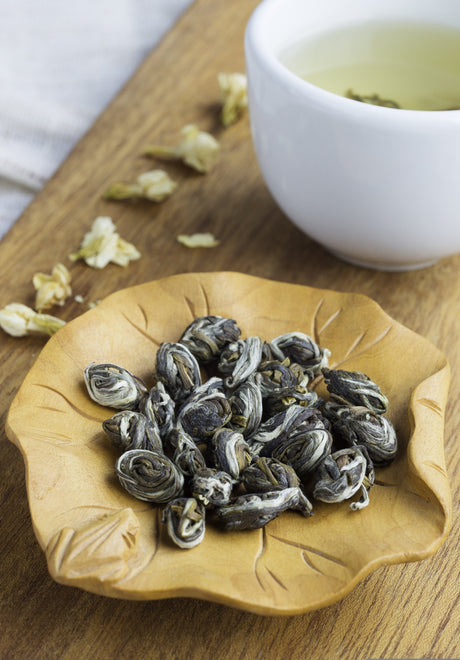
Jasmine tea is usually green tea that is scented multiple times with fresh jasmine blossoms to absorb the aroma. According to the Chinese Medicine, jasmine flowers can help relax your...
Read more